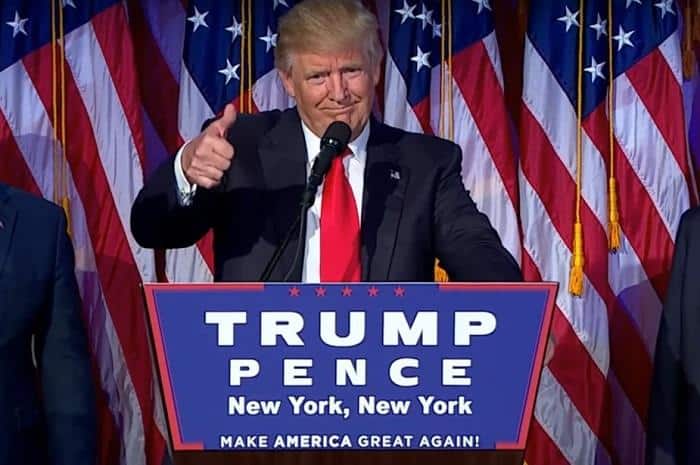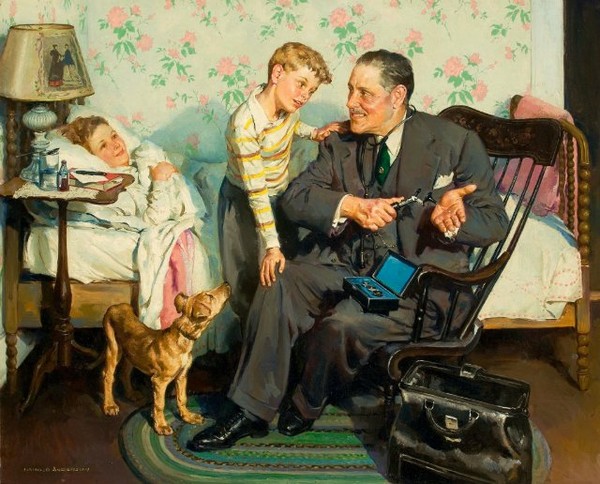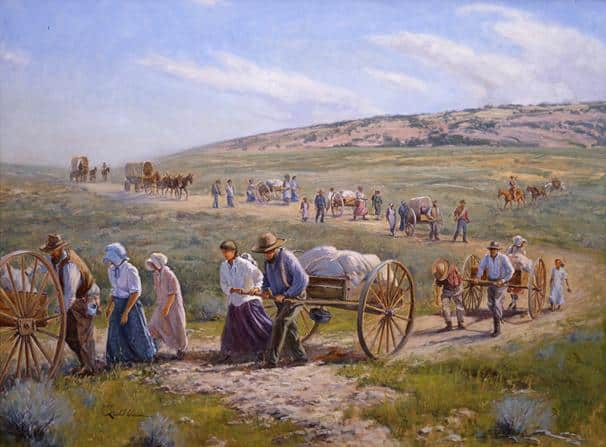
WASHINGTON – Republican Donald Trump shocked the political world Tuesday to be elected the nation’s 45th president, and in doing so delivered the type of upset that hasn’t been seen in America since perhaps 1948, when Harry Truman defied the polls to defeat Thomas E. Dewey.
But, how? After all, even Ronald Reagan led Jimmy Carter in the final poll just prior to the 1980 election – an election that has drawn comparisons to 2016.
Here are five takeaways:
1. People wanted change. According to exit polls – which surveyed 24,537 people – a plurality of 39 percent said someone who “can bring change” was the most important quality in a candidate. Among that group, 83 percent supported Trump. The 39 percent is even larger than the 2008 Obama landslide, when 34 percent cited “change” as the most important quality.
2. There was a “Bradley effect” in polling. A significant number of people apparently lied to pollsters – or refused to say who they supported, perhaps due to the mainstream media making it taboo to back Trump. Democrat Hillary Clinton led in the final RealClearPolitics.com polling average by just over 3 points, but – when the votes were tabulated – was virtually tied with Trump. (Clinton led in the popular vote Tuesday.) There is precedence for voters not telling pollsters the truth, particularly when the media makes a certain position socially undesirable. This was the case during the same-sex marriage initiative battles a decade ago, when initiatives that would protect the traditional definition of marriage nearly always did better at the voting booth than at polls. The final three surveys in California in 2008 showed Prop 8 trailing by anywhere from 3 to 8 points, but it won by 4 points. The “Bradley effect” gets its names from a 1982 black candidate for California governor who led in the polls but lost on election day.
Christian Heroes For Christian Kids: These Amazing Stories Are Putting God Back Into History!
3. Trump blew up the map. Trump’s position on trade and economics helped him win two electoral vote-rich Midwest state – Pennsylvanian and Wisconsin – that hadn’t gone Republican in decades. Pennsylvania last backed a GOP candidate in 1988, and Wisconsin in 1984. (Trump may have won Michigan, too, but it was too close to call Tuesday.) Nationwide, Trump won 43 percent of union households, according to exit polls – better than Republican Mitt Romney in 2012 (40 percent). Trump won 52 percent among those who did not graduate from college, a category that Obama won in 2012. Trump also did better than Romney among those who make less than $50,000, with 41 percent to Romney’s 38 percent. Finally, Trump won 62 percent of small town and rural voters; Romney won 59 percent.
Story continues below video
4. He defied expectations among minorities. The conventional wisdom was that the non-white vote would carry Clinton, but she vastly underperformed Obama, and Trump overperformed. Trump won 8 percent of the African-American vote, better than Romney’s 6 percent. Trump also got 29 percent of the Latino vote; Romney received 27 percent.
5. Christians backed Trump in droves. Voters who identified themselves as born-again or evangelical and who were white comprised 26 percent of the electorate – and 81 percent of them supported Trump. That same group also made up 26 percent of the electorate in 2012, but during that year a smaller percentage, 78 percent, backed Romney. John McCain, the 2008 nominee, won 74 percent of the group.
What is your reaction to Trump’s victory? Did your candidate win? Share your thoughts in the section below:
Harness The Power Of Nature’s Most Remarkable Healer: Vinegar










